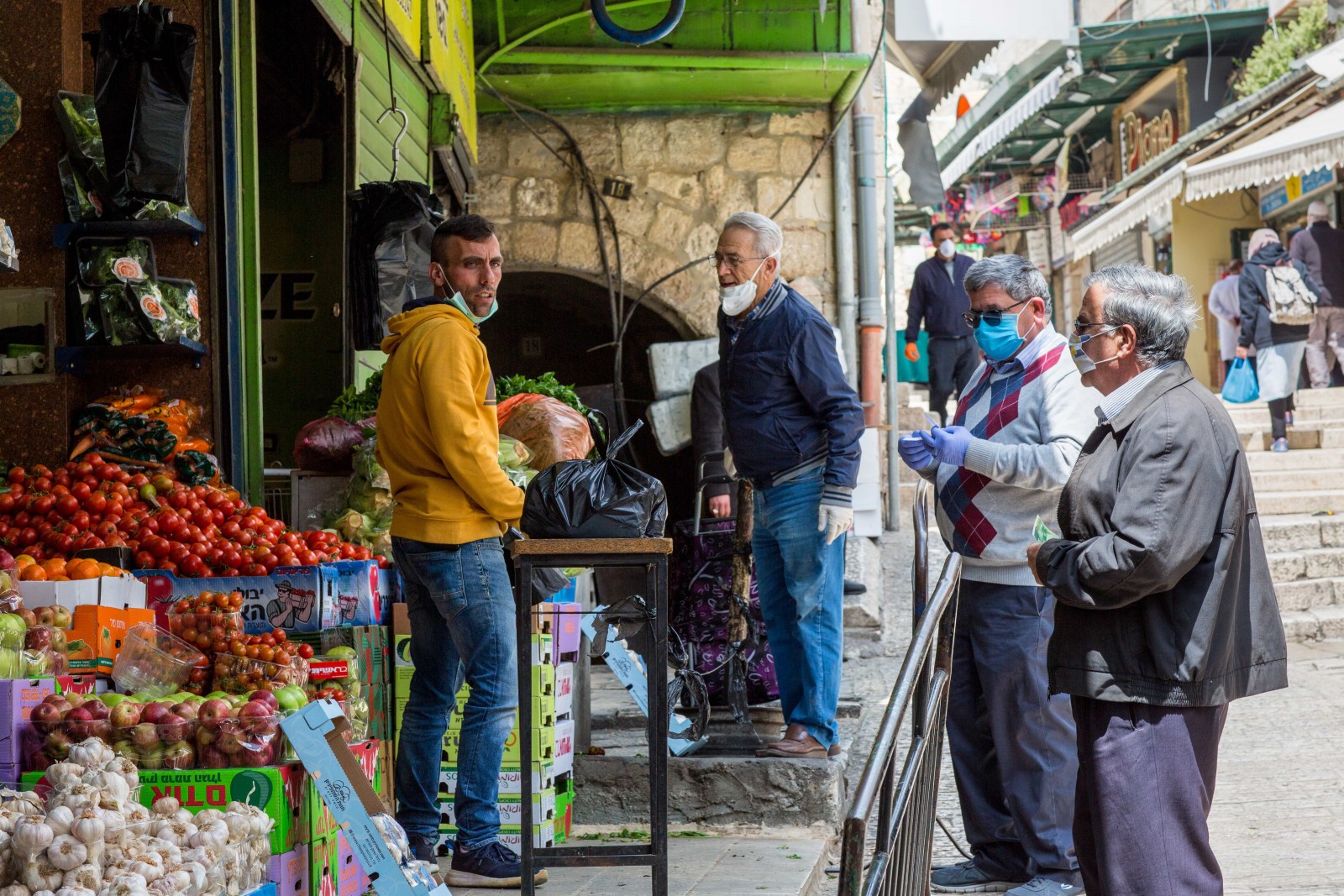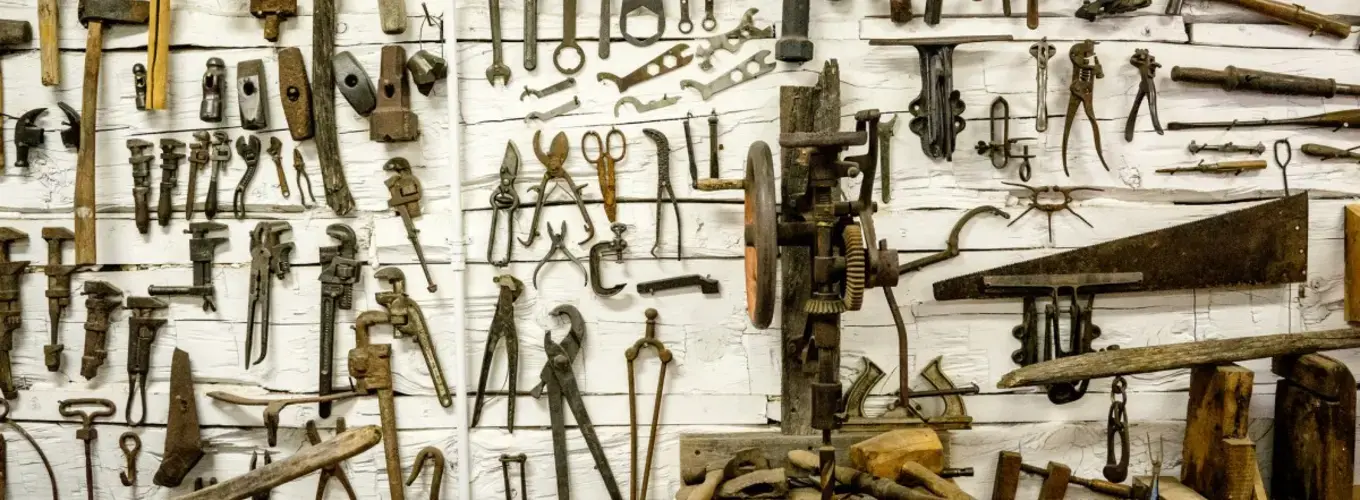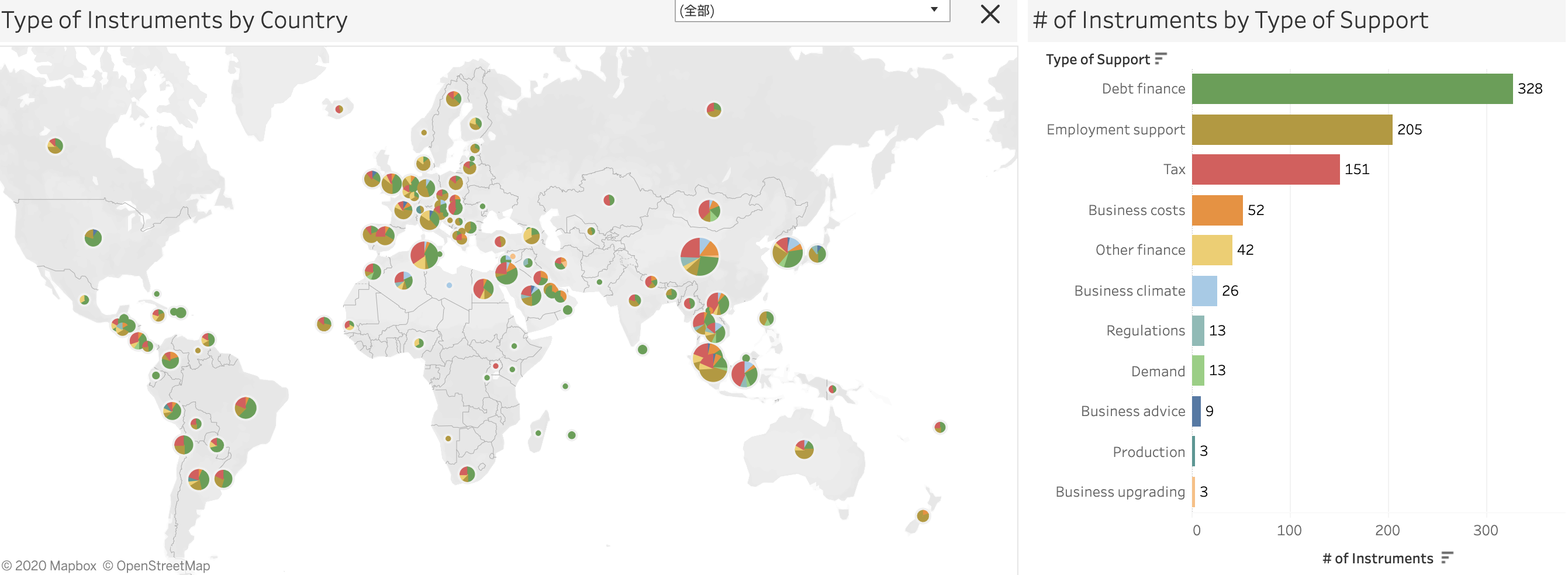According to the data provided by the International Council for Small Business (ICSB), formal and informal Micro-, Small- and Medium-sized Enterprises (MSMEs) make up over 90% of all firms and account on average for 60-70% of total employment and 50% of GDP.
MSMEs are considered to be more vulnerable to natural hazards than larger firms, given the more limited range of risk-management mechanisms they can access. Furthermore, MSMEs in developing countries have additional characteristics that can exacerbate their vulnerability which:
- keeps them out of the reach of government Disaster Risk Management programmes and strategies, for example,insurance
- constrains the ability of MSMEs to diversify their supply and customer base; and
- implies a lack of compliance with norms and regulations that can increase disaster risk for them and for their employees (e.g. operations in informal settlements, lack of social protection for their employees etc.).
MSMEs do not often have Business Continuity Plans in place, like large companies do. However, understanding the disaster risk and taking precautionary measures could help to mitigate many of the risks and help the MSMEs to bounce back after a disaster strikes. CBi Partners have developed some tools for MSME business continuity.
The World Bank:Map of SME-Support Measures in Response to COVID-19
Business Continuity Tools for COVID-19

- Getting Your Workplace Ready for COVID-19 (WHO)
- Coronavirus Guidelines for Business (ICC)
- Covid-19 Business Continuity Guide (ICC)
- Guidance for Employers to Plan and Respond to COVID-19 (U.S. Chamber of Commerce Foundation)
- COVID-19 Rapid Response Checklist (BCG)
- Business Continuity Planning Checklist of Preparatory Actions in Responding to COVID-19 (Government of Ireland: Department of Business, Enterprise and Innovation)
- Enterprise Pandemic Preparedness Check (Philippine Disaster Resilience Foundation)
- SME Policy Responses (OECD)
- Occupational safety and health tips for workplaces (ILO)
- Sectoral tools and instruments to protect workers from the pandemic (ILO)
- Action Checklist: Prevention and Mitigation of COVID-19 at Work (ILO)
- COVID-19 and Enterprise Briefing Note (N°11) (ILO)
- The six-step COVID-19 business continuity plan (ILO)
- Online training course on building business resilience in the face of COVID-19 for small and medium enterprises (UNDRR)
Photo:UNDP PAPP_Ahed Izhiman
Business Continuity Tools for Epidemics and Pandemics

- Protecting Your Employees and Business from Pandemic Human Influenza Action manual for small and medium-sized enterprises (ILO)
- Pandemic Influenza Continuity of Operations Annex Template Instructions (FEMA)
- Pandemic influenza checklist for businesses (the UK government)
- Business Pandemic Influenza Planning Checklist (the U.S. HHS and CDC)
- Travel Industry Pandemic Influenza Planning Checklist(the U.S. HHS and CDC)
- List of Useful Websites for Influenza Pandemic Preparedness in Business Sector (ABAC)
Photo: UNDP Ukraine
Head Photo: Flickr / Lachlan Donald


